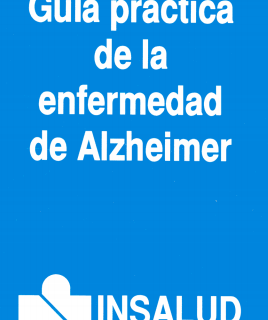
Gerontology
1982;28:35–52
Rinne U.K.
Abstract
Parkinson’s disease ranks among the most prevalent neurological diseases in the elderly. The disease usually begins after the age of 50 years, and the risk of the disease rises steeply with advancing age. The primary etiology of Parkinson’s disease is still unknown, although the aging process may be an important predisposing factor. There is some overlapping between Parkinson’s disease and senile dementia of Alzheimer’s type, although both seem to be disease entities. In Parkinson’s disease, the most prominent and significant neu-ropathological change is the progressive loss of substantia nigra dopamine neurons. Studies of striatal dopamine receptors showed that the specific binding of 3H-spiroperidol was either significantly increased or reduced in the caudate nucleus and putamen of parkin-sonian patients without levodopa therapy. Scatchard analysis showed that there were corresponding changes in the number of receptors, but no significant changes in the mean dissociation constant. Increased binding of 3H-spiroperidol in the basal ganglia was also found in parkinsonian patients suffering from psychotic episodes and treated with neuroleptic drugs…





